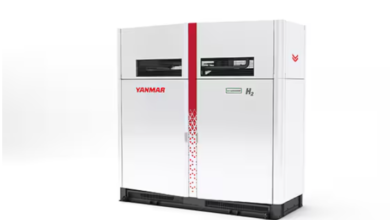Biden-Harris administration announces $750 million to advance clean hydrogen technologies

The Biden-Harris Administration, through the U.S. Department of Energy (DOE), today announced the availability of $750 million for research, development, and demonstration efforts to dramatically reduce the cost of clean hydrogen.
This funding-the first phase of the $1.5 billion in President Biden’s Bipartisan Infrastructure Law dedicated to advancing electrolysis technologies and improving manufacturing and recycling capabilities-is a crucial component of the Administration’s comprehensive approach to accelerating the widespread use of clean hydrogen and will play a vital role in achieving commercial-scale hydrogen deployment this decade.
“Making clean hydrogen from abundant renewable energy provides America with yet another incredibly powerful fuel for many different applications, from low-emissions use in the construction and manufacturing industries to energy storage to powering our cars and trucks,” said Jennifer M. Granholm.
He added, “Thanks to new funding from President Biden’s historic clean energy laws, DOE is accelerating our effort to make this exciting and versatile fuel market-ready within a decade-supercharging America’s drive towards an affordable and secure clean energy economy.”
This funding launches the first tranche of implementation of two provisions of the Bipartisan Infrastructure Law, which authorizes $1 billion for research, development, demonstration, and deployment activities to reduce the cost of clean hydrogen produced via electrolysis and $500 million for research, development, and demonstration of improved processes and technologies for manufacturing and recycling clean hydrogen systems and materials.
